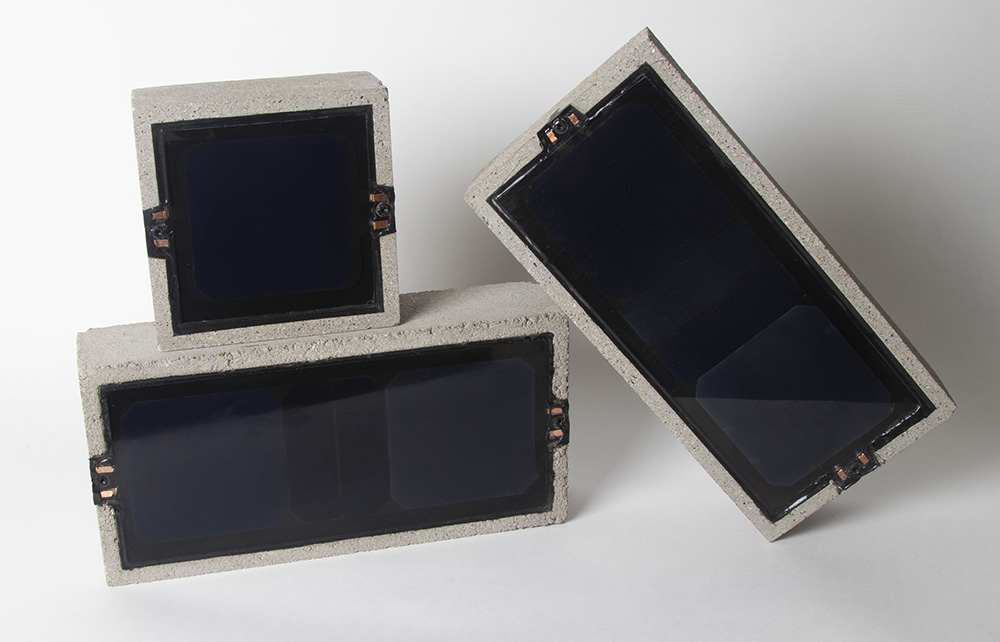News:
Green Buildings
Posted: October 27, 2011
Efficiency Maine and Covisia help Skowhegan Savings save money and energy
Banks know savings when they see it, so it's no wonder that Skowhegan Savings Bank seized the opportunity to realize significant financial and energy savings by replacing standard desktop computers with more energy efficient devices.
Called a Virtual Desktop Infrastructure, or VDI, this information technology architecture moves business-critical components of a computing device safely and securely to an access device wherever the user is connected, either at home, remotely, or in the office.
Prior to the transition, with 11 branches, Skowhegan Savings Bank had to upgrade software every month on 175 different personal computers. "Upgrades often required technicians to drive from site to site," said Fred Haberberger, chief information officer for Skowhegan Savings. "Besides the time it took for technicians to maintain these upgrades, there was also plenty of wasted time for employees working remotely who often had to deal with glitches from the latest upgrade.
"The less time we spend on unnecessary administration and maintenance, the more time we can dedicate to our clients and their banking needs," said Haberberger.
And of course, each of those 175 computers consumed a lot of energy as well.
So together, Skowhegan Savings Bank and IT solutions specialists Covisia designed a plan that would centralize software and replace personal computers with "thin clients," or virtual desktops.
A virtual desktop provides customers with an alternative to physical desktops that is more cost-effective, more easily manageable, and has better power efficiency and increased reliability. A thin client and VDI session generally uses less than 30 watts of electricity combined. A desktop may consume more than 120 watts.
Centralizing information technology support means fewer trips for repairs, which also translates to less gas.
As a result, the bank created a centralized system for applications, reducing travel time for the IT department as well as the need to hire additional IT employees. It also reduced the time employees spent waiting to resolve end-user problems.
The bank was able to take advantage of a customized Business Program incentive from Efficiency Maine for $43,343 to help fund the initiative.
By using thin clients, Skowhegan Savings Bank will save $17,000 a year on energy savings. The bank also created a better performing hardware environment with better security. Furthermore, the team created a complete disaster recovery plan incorporating thin client servers.
"This is an easy return on investment for the client," said Brian Mullaney, vice president, Covisia Solutions, Inc. "Today, virtually every organization is dependent on sophisticated IT systems, and those systems increasingly need to be secure, efficient, and cost-effective in order to balance organizational needs with the information access and security needs of customers."
Tags:
Green Buildings
MORE FROM Green Buildings
Bridgeport implements energy efficiency plan with utility partners and regional business council
Bridgeport, CT The flurry of economic development and urban revitalization across the city has cultivated a renewed interest in updating municipal, residential and commercial properties to be more efficient and sustainable. Since 2018, city officials have partnered








.png)